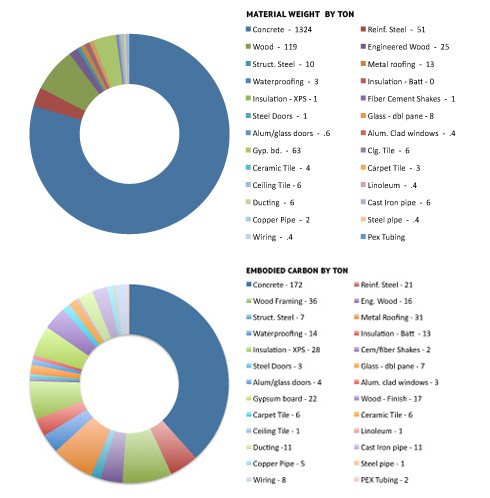2030 Commitment: Sustainable Action Plan
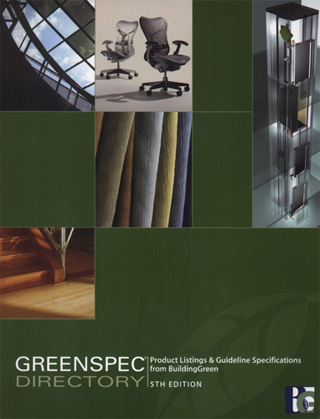
Guideline specifications for environmentally-considered materials
and methods of construction
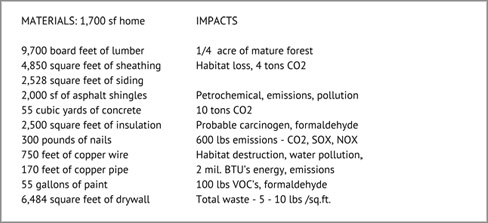
Materials and their impacts
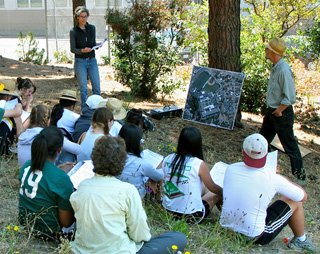
Environmental design workshop
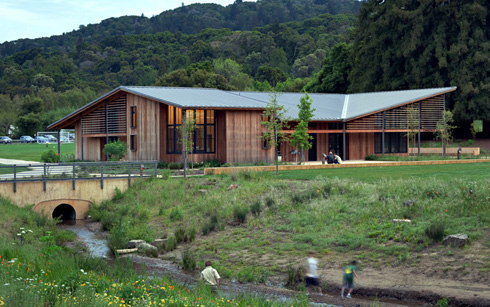
Portola Valley Town Center with day-lighted creek
2030 Commitment: Sustainable Action Plan

Guideline specifications for environmentally-considered materials
and methods of construction

Materials and their impacts

Environmental design workshop

Portola Valley Town Center with day-lighted creek
Siegel & Strain has been a leader in sustainable design since the early 1990s and actively engaged in sustainable advocacy, education, and research. Principals at Siegel & Strain have authored guideline specifications for GreenSpec, the most widely recognized directory of green materials in the United States; served on the boards of the Carbon Leadership Forum, the Northern California Chapter of the US Green Building Council, and the Ecological Building Network; chaired the national American Institute of Architects’ Committee on the Environment; served on the US Green Building Council’s Technical Advisory Groups developing LEED standards; taught sustainable design courses at UC Berkeley; written many articles and sections of books on sustainable design; and spoken about sustainable design and the work of the firm at local, regional, and national conferences.
All building design is environmental, and buildings, landscapes and cities are all subsets of the larger environment. Paraphrasing environmental educator David Orr from his seminal piece Environmental Literacy: Education as if the Earth Mattered, we start every project by asking the big questions:
Our goal is to create buildings that are functional, beautiful and well-loved, because well-loved buildings are well cared for and ultimately that’s what makes them sustainable. Along the way we seek to eliminate or at least minimize the impacts of constructing and operating buildings. Specific elements of our approach include:
Sustainable design is participatory, interactive, and iterative. It is too complex to be understood through a single discipline. Good design, especially good sustainable design, requires strong collaboration between designers, clients, and project users.
Architecture is a dialog with place; we design to make strong connections to that particular place. We investigate the predevelopment ecological profile of the site for clues to appropriate design strategies. We consider the lay of the land, the project context, the impacts of land use, transportation, and density. We use local resources and materials.
We design buildings to take best advantage of their climate. We use passive strategies – orientation, shading, thermal mass, natural ventilation – to optimize building performance. We can then condition our buildings with smaller and more efficient systems, powered by fewer renewable energy resources.
We consider the local watershed, where water on the site comes from, and where it drains. Where we can, we keep water on site; we conserve it, collect it, treat it, and re-use it.
Buildings last a long time. They are part of a longer story than most things we make. This has led us away from trends towards design that is simple, adaptable, and durable. We consider the full life-cycle of the products and assemblies we use from extraction and manufacturing to design and construction and through deconstruction and reuse.
We consider both the long-term and short-term impacts of our buildings, selecting materials that conserve resources and minimize impacts on the environment and human health. We prefer local materials that are durable and easy to maintain. We track embodied energy and CO2 emissions in our projects so that we can reduce them.
We measure impacts and outcomes of our projects with post-occupancy evaluations and in-house research. We ask questions, try out new materials and technologies, and share what we learn with colleagues. With each project we gauge how close we come to attaining our central goal eliminating or minimizing impacts – and we apply lessons learned to our next project.
